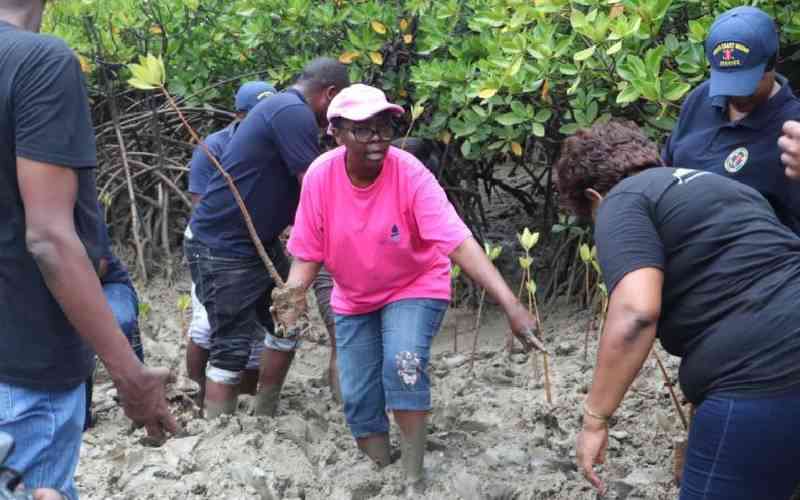×
The Standard e-Paper
Truth Without Fear

Kenya Maritime Authority (KMA) has started mangrove trees planting campaign to mitigate the effects of carbon emission from ocean-going vessels (OGV).
The agency said it plans to plant an extra 100,000 mangroves in Mtongani-Kidudu, Kilifi county. The plan involves planting of 25,000 mangrove trees on 25 acres along the seashore.